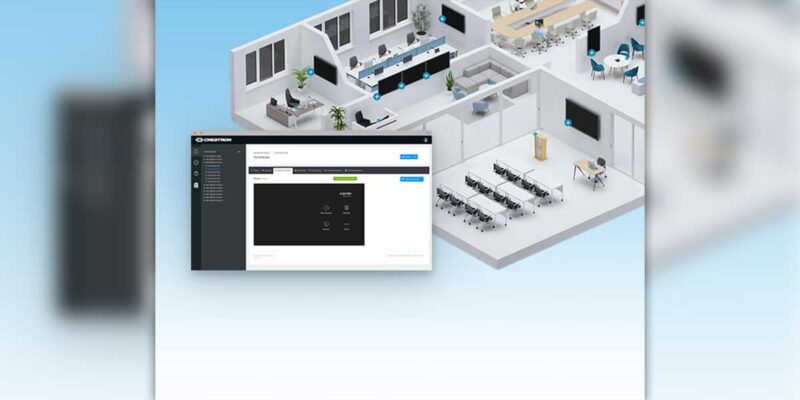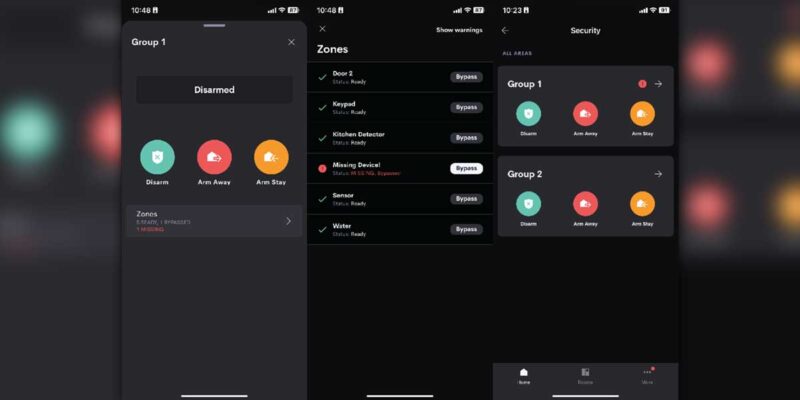Class Capture: Finding What Works for You
 Several years ago I wrote a blog about class capture, and the expense of the systems that existed. I was frustrated that these systems cost so much money. I had been trying to bring class capture into my institution for a couple of years, and could not justify the cost. The systems that we looked at were fantastic, would integrate with the AV in our rooms and had a well-developed server and web infrastructure. Yet, that integration is what drove the price so high. Even more of a downer was that the high ticket-price was typically only for a handful of rooms. One of my favorite products would have sold to us for about $100,000 for five rooms. In addition, the five-room setup was the starting package. There was no ability to simply setup a single room and begin experimentation.
Several years ago I wrote a blog about class capture, and the expense of the systems that existed. I was frustrated that these systems cost so much money. I had been trying to bring class capture into my institution for a couple of years, and could not justify the cost. The systems that we looked at were fantastic, would integrate with the AV in our rooms and had a well-developed server and web infrastructure. Yet, that integration is what drove the price so high. Even more of a downer was that the high ticket-price was typically only for a handful of rooms. One of my favorite products would have sold to us for about $100,000 for five rooms. In addition, the five-room setup was the starting package. There was no ability to simply setup a single room and begin experimentation.
Part of what drove the class capture market in the early stages was monetary incentives for schools. As we were being courted by some of the big name vendors, they would put us in touch with other institutions that had used the product. Unfortunately, for us, the schools they put us in touch with were very large state schools, which had uses for the systems that would not apply at a small, private college.
Several of these universities were installing class capture in their large auditorium classrooms, that sat 250 students, or more. They would then BOOK the class for 500 students. The professor would tell the class that half of them were to attend the class on Tuesday, the other half would attend the class on Thursday. It is really quite a brilliant move. You put five hundred students through an introductory course at the cost of 250. Students could not really complain about a lack of face-time with their professor because, after all, how much were they going to get anyway, with 250 people in the class? They still had their break-out sessions with the TAs and had the advantage of reviewing every class online. These schools would argue that in some ways these students were getting an advantage with this system. Clearly, these schools were making back that 100K investment on day one.
At Bates College, we were not close to this model. We are a “high touch” school that rarely has a class over 60 students. In fact, our largest classroom holds about 100 students. Our faculty and students value the personal connection between faculty and students.
In turn, we could not justify the cost of the system based only on monetary return. We needed to justify the cost based on improvements in the education our students received, and that needed to start at a reasonably low entry fee.
Back to my blog of several years ago: I could not understand why a system would cost so much money. After all, we are talking about a hard drive recorder that has a camera input and a source input. There were a couple of software implementations that ran on the local computer, and one of those was even free. I was not a big fan of these because they slowed the computer down if someone was doing a presentation, and would be lost if the computer crashed. In most cases, they also required a Webcam on the computer, which placed the faculty member directly behind the computer for the entire class.
Finally, a couple of years ago Crestron came out with the Capture HD system. The appeal of this system for us was not its technology, which as I mentioned previously is pretty basic. The appeal was the cost, and the fact that you could start with a single unit, and without a whole backend system. We installed a couple of these in our rooms, along with microphones and Vaddio cameras. For about $7,000 per room, we were able to start experimenting with class capture.
Immediately in the first year, we knew we were on to something. In the first room we installed the system in, we had two members of the faculty start using it. The second year, we were able to grow the system into three additional classrooms. This is when we began to see things start to take on a life of its own. Faculty would see the cameras in the room and ask about them. Surprisingly to us, they were not concerned about privacy issues — they wanted to know how they could use the technology. We started out this school year (our second year with the technology) with three faculty members planning to use the system. Three weeks into the school year, we have had inquiries from seven additional faculty members who want to start using it.
We put our installers and programmers into high gear to get set up for these teachers, and were successfully able to serve the needs of each.
We have also learned quite a bit about what drives class capture in the small, private liberal arts college. There is a small possibility of some return on investment. On occasion we have students with learning differences, for whom taking notes during class would severely distract them from the discussion that is happening. Our Dean of Students’ office would provide these students with note takers so they could focus on the in-class discussion. By recording the class, we saved some money by not needing to hire note-takers, but more importantly, in many cases the students get a better result. They are able to review the class session, and take their own notes, in their own styles, rather than depending on someone else’s notes.
We have also seen a faculty member record short modules outside of class. A member of our math department will go into a room and solve a problem from the textbook on the board while being recorded. It is a great example for a student who is trying to work through those problems as homework, or to prepare for a quiz. This faculty member in two weeks has developed eight of these modules, which she can use over and over again in the future. Again, it’s not a money-maker, but an amazing resource for our students.
We had another faculty member start recording portions of her class due to a student-athlete who had received a concussion. The student still made it to class, but had some memory and focus issues. By recording the class and providing it to this particular student, his/her education was not impacted as severely as it would have otherwise been.
Finally, our best feedback has come from the faculty member who was our initial user of class capture. She actually records her entire class and makes it available to all her students. She reports that she has seen no decrease in the students who attend class (even though it is an 8 a.m. class) and that she has heard more positive feedback from students about this technology than anything she has done in her teaching career. That is pretty powerful information.
Next month, I will write about some of the customization that we have done with our systems to make this a very easy process for our faculty. I’ll also share about some of the lessons we have learned and talk about how to build a system that uses a back-end without the enormous outlay of cash.
The takeaway for this month, whether you are a tech manager or an integrator is about finding the fit that is right for your, or your customer. In the end, the people trying to sell me that big expensive system really did not know Bates College (the customer) very well. If they did, they would have backed off on pushing this system on us, because they would have realized it did not really make sense for us. A really good integrator will be a partner with an institution on matters like this. In this partnership, the integrator may not put in the system that will make them the most money, and the customer will realize that they are not going to get all the benefits of the high cost system. Together though, they will grow and develop a trust, and a system, that will be both financially rewarding for the integrator, along with providing educational value to the customer.
What are your stories and experiences with class capture? What are creative ways you have used it, or interesting installs you have completed? Let me know; I look forward to hearing from you.





